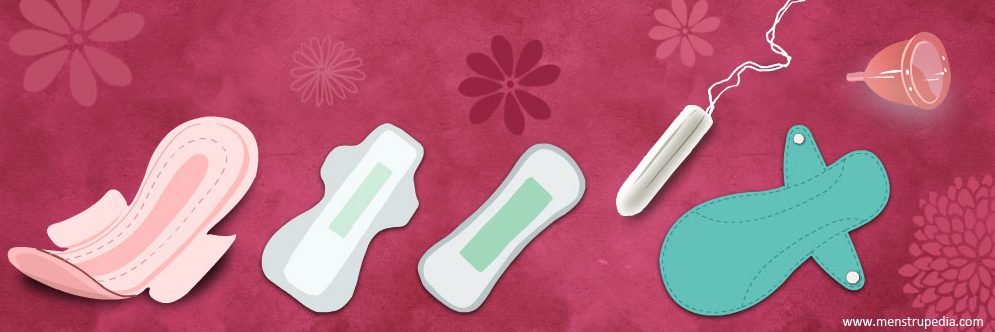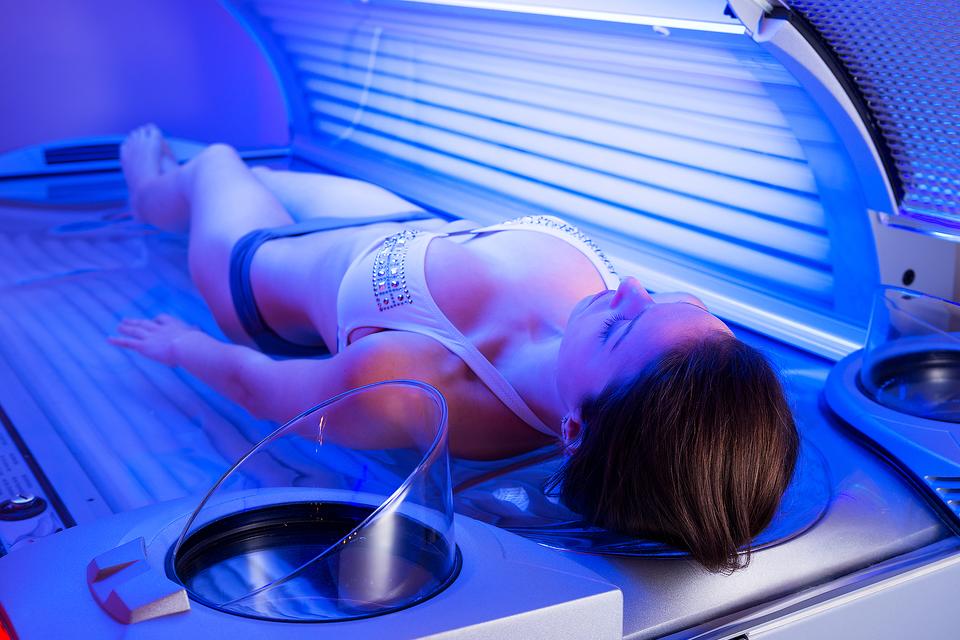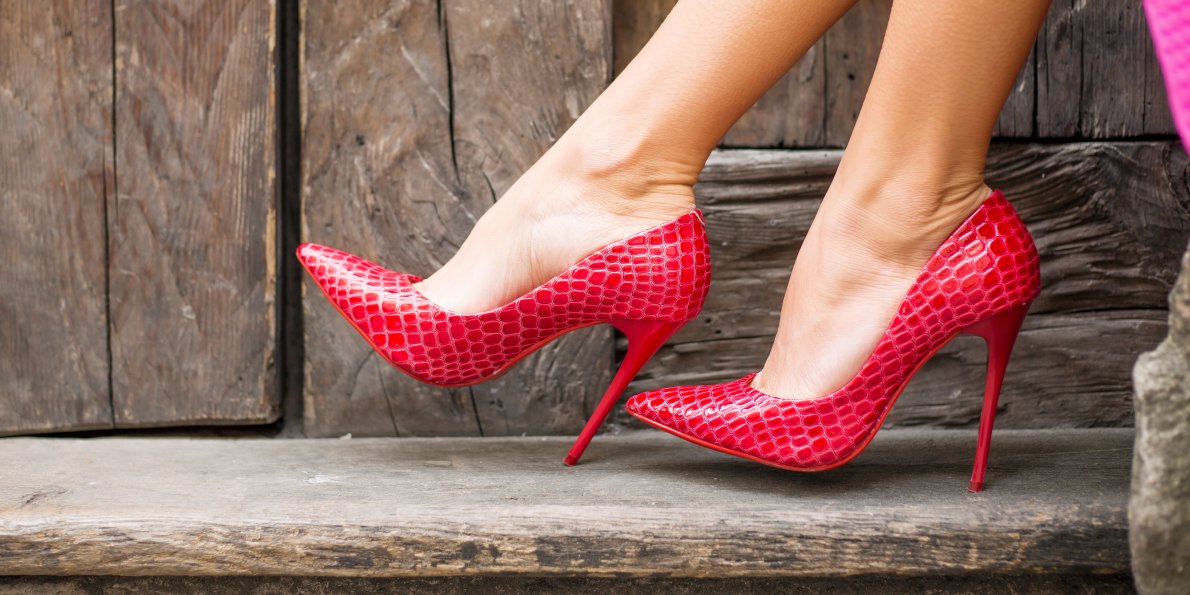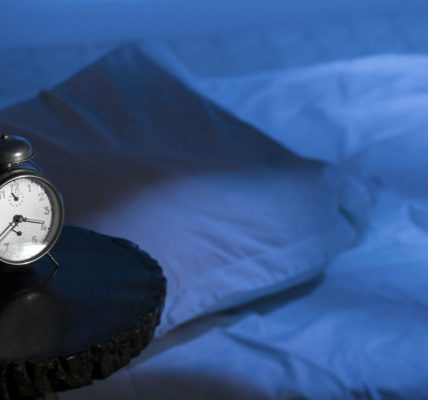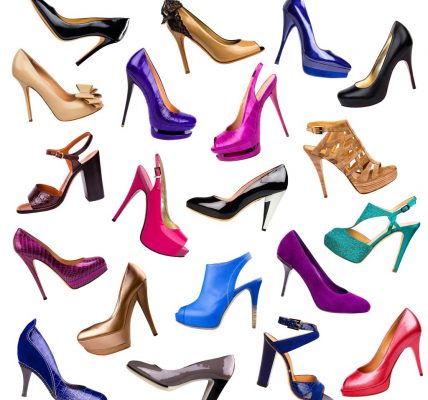It’s that time of month again! Aunt Flo is coming to visit, nature has decided to drop off its monthly gift, and the Red Sea has come. Simply put: you’re on your period. Menstruation is accompanied by all sorts of discomfort, including fatigue, cramps, bloating, and headaches. Aside from the physical effects associated with menstruation, there’s also the chore of having to protect our favorite underwear and pants from leakage. The local drugstore carries feminine hygiene products, but with so many options, how do you choose?
When a girl first starts menstruating, she’s introduced to sanitary napkins, or pads, since they are so easy to use. They have an adhesive side that can be placed directly on the underwear and worn for a few hours to collect menstrual blood. Some come with wings that fold over the underwear to hold it in place.
Some women may use tampons because they want to go swimming during their time of month or simply because they don’t like the bulky pads. Others might use a combination of tampons and pantyliners to be on the safe side. Using tampons may also require a bit of trial and error, discouraging some women.
But what about the women who don’t like pads or tampons? What if a woman finds herself traveling a lot and doesn’t want to lug around her stock of feminine hygiene products? Pads and tampons are disposable, but are there more economical alternatives? Here are two good options you might try out.
Menstrual Cup
A menstrual cup is a flexible cup worn inside the vagina to collect menstrual fluid. Depending on the brand, style, and material, the cup may be disposable or reusable. Most cups are made from silicone, which makes them safe and hypoallergenic. They can be worn for up to 12 hours and be emptied, washed, and reused. They are an economical alternative to disposable pads and tampons since they can last anywhere from 5 to 10 years. Because the cup stays in the vagina, menstrual fluid is not exposed to air, and there is less odor.
Insertion of a menstrual cup into the vagina may require a bit of practice. However, once accustomed, users can find it very convenient to use. Since it can be inserted for up to 12 hours, women can insert the cup in the comfort of their own bathroom or shower and go about their day as usual. Later when they come home they can remove the cup and empty the contents into the toilet, wash their cup and go to sleep.
Reusable Pads
These pads function just like disposable pads. The type of material may vary, but they are usually made of cotton. They serve as a more economical alternative to disposable ones since they can be reused and last a few years instead of hours. If you’re feeling ambitious, you can find instructions to make your own. Reusable pads are great for anyone who feels some irritation from using disposable pads with added fragrances.
Depending on the occasion, your choice of feminine hygiene products may change. Do you swim and prefer to only use tampons? Do you prefer to sleep with a pad at night? Do you hate using pads or tampons? Whatever your lifestyle or preference, don’t let your period hold you back from your favorite activities.
Citations
- GladRags – Reusable, Earth Friendly Menstrual Pads & Cups from GladRags <http://www.gladrags.com/>
- Menstrual Symptoms from News-Medical.Net by AZoM.com Pty Limited <http://www.news-medical.net/health/Menstruation-Symptoms.aspx>
Article by Marilyn Cabrera
Feature Image Source: Menstrupedia
